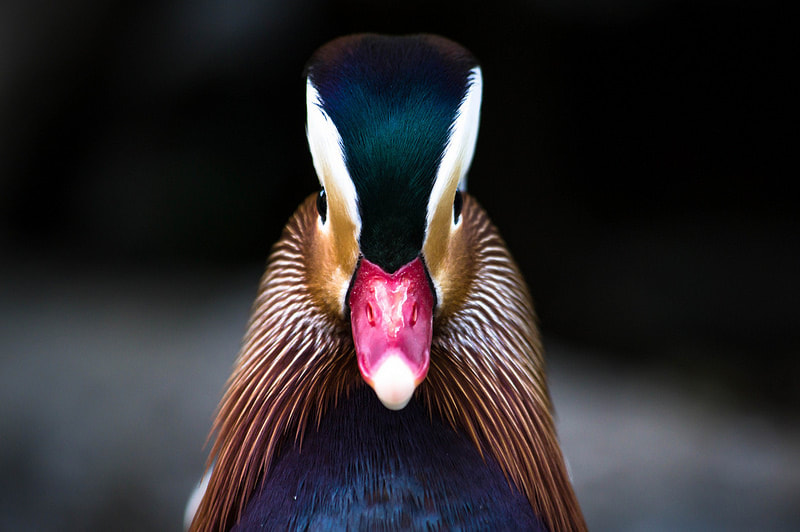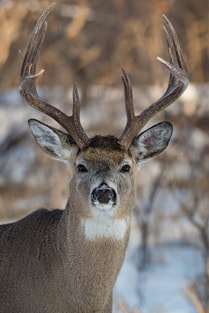Wildlife
From a food safety point of view, any animal that can be consumed by humans is a food producing animal and the regulations for food producing animals should be adhered to following the use of allowed extralabel, restricted and prohibited drugs. This applies to deer and other wild animals that are rehabilitated and released back into the wild following treatment with such drugs.
The use of all drugs not approved for use in the particular wildlife species being treated is considered extra-label. Only a veterinarian can authorize extralabel use of drugs. It is illegal for producers to use either prescription drugs or over-the-counter drugs for extralabel purposes unless those drugs are prescribed or dispensed by a licensed veterinarian in the presence of a valid veterinarian/ client/patient relationship.
As one of the stipulations for allowable extralabel drug use, it is the veterinarian's responsibility to assign an appropriate withdrawal interval. See below for full details on requirements for extralabel drug use.
As one of the stipulations for allowable extralabel drug use, it is the veterinarian's responsibility to assign an appropriate withdrawal interval. See below for full details on requirements for extralabel drug use.
Species Classification
Historically, wildlife were not technically considered food animals and many drugs after use had a "pre-harvest" interval of 30-45 days before hunting. However, since the passing of the Minor Use and Minor Species Act of 2004 many of these species are now considered to be minor food animal species. If the wild animal has any possibility of being hunted or harvested for food by a human, this animal will then be classified as a minor food animal species and all stipulations put forth by AMDUCA regarding extra-label drug use will apply.
Extralabel Drug Use in Wildlife
AMDUCA allows FDA approved animal and human drugs to be used in an extra label manner under certain conditions.
Many FDA approved drugs are prescription and require veterinary supervision. Non-veterinarians can legally administer drugs if a valid veterinarian-client-patient relationship has been established. Non-veterinarians may administer the drugs without a veterinarian physically present as long as they have direct contact with the veterinarian of record and the veterinarian is directly involved in the planning process (i.e. dosing and administration methods of the drug, residue prevention procedures for the animal(s) being treated). Some drugs used in wildlife are used for immobilization and are classified as controlled substances. Controlled substances are classified as schedule 1 to 5 established by the U.S. Drug Enforcement Administration (DEA). Regulations regarding controlled substances can be found in 21 CFR1301.75d and Controlled Substances Act.
Additionally, most biologist are able to obtain a DEA registration number and are able to procure drugs through veterinary product distributors. However, technically even though they can handle and buy these drugs, they cannot use them on animals without veterinary supervision since all prescription drugs must be used by, or on the order of, a licensed veterinarian. As long as a valid veterinarian-client-patient relationship has been established, the veterinarian of record does not have to be present while drugs are being used but they do have to be involved in the planning process, such as determining drug dosing and use of the drug. The biologist becomes the "client" and the wild animal becomes the "patient". This is helpful for biologist working in isolated areas. Most states have a pharmacy board that have their own set of regulations that must be followed. Some of the regulations may be more restrictive then FDA and DEA. To find information regarding these regulations please contact your state pharmacy board. |
Extralabel Drug Use of Medicated Feed in Wildlife
Medicated feeds may be used in confined or farmed minor species as long as the stipulations set forth by CPG 615.115 are met. However, extralabel use of a medicated feed in unconfined wildlife is not permitted under CPG 615.115.


